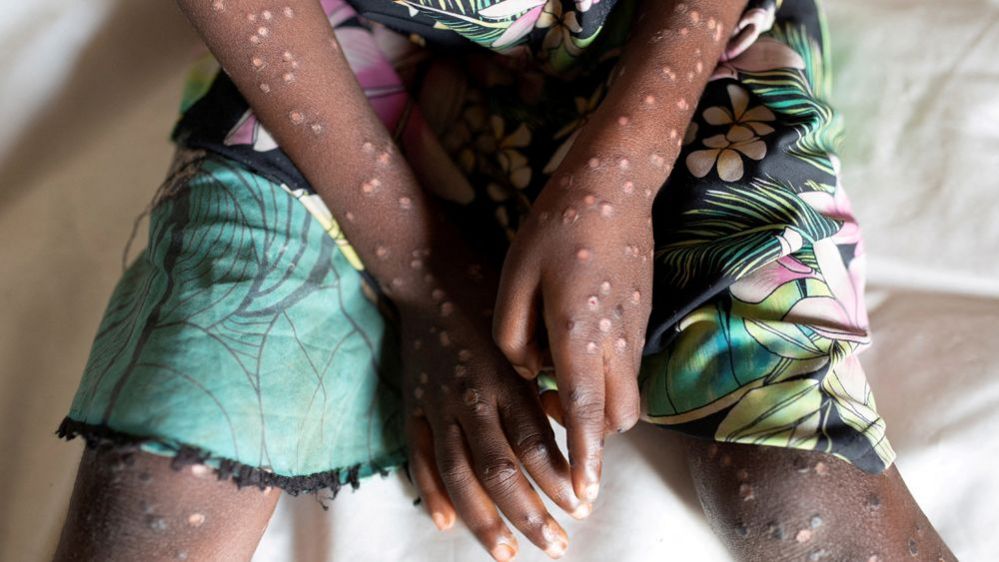The Ministry of Health (MoH) has confirmed Kenya’s first case of Mpox, previously known as monkeypox, at the Taita-Taveta one-stop border point (OSBP).
The patient, who was traveling from Uganda to Rwanda through Kenya, has become the first known case in the country, prompting immediate public health interventions.
In a statement released on Wednesday, the MoH emphasized the importance of avoiding close contact with individuals exhibiting symptoms of Mpox.
The virus, which is known to cause a range of symptoms including fever, headache, skin rash, mucosal lesions, and swollen lymph nodes, has raised concerns due to its potential for person-to-person transmission through direct contact with infectious lesions or respiratory droplets.
Mpox is characterized by a distinct rash that evolves from itchy and painful spots into fluid-filled blisters that eventually scab over.
The fluid in these blisters is highly infectious, raising the risk of transmission through shared items such as towels or toothbrushes.
While many cases present with mild symptoms or none at all, severe cases may require hospitalization and treatment with broad-spectrum antivirals.
The World Health Organization (WHO) has reported that the new strain of the Mpox virus, which is rapidly spreading along the eastern border of the Democratic Republic of Congo, is “the most dangerous yet.”
This strain has been primarily transmitted through sexual contact, though it can also spread through close skin-to-skin interaction.
The current outbreak has affected schoolchildren, healthcare workers, and entire households.
In neighboring South Africa, the outbreak has claimed three lives, prompting heightened screening measures at border points.
The Kenyan authorities are now reinforcing surveillance and preventative measures at all entry and exit points to mitigate the spread of Mpox.
The MoH urges the public to remain vigilant, practice good hygiene, and seek medical advice if experiencing symptoms consistent with Mpox.


